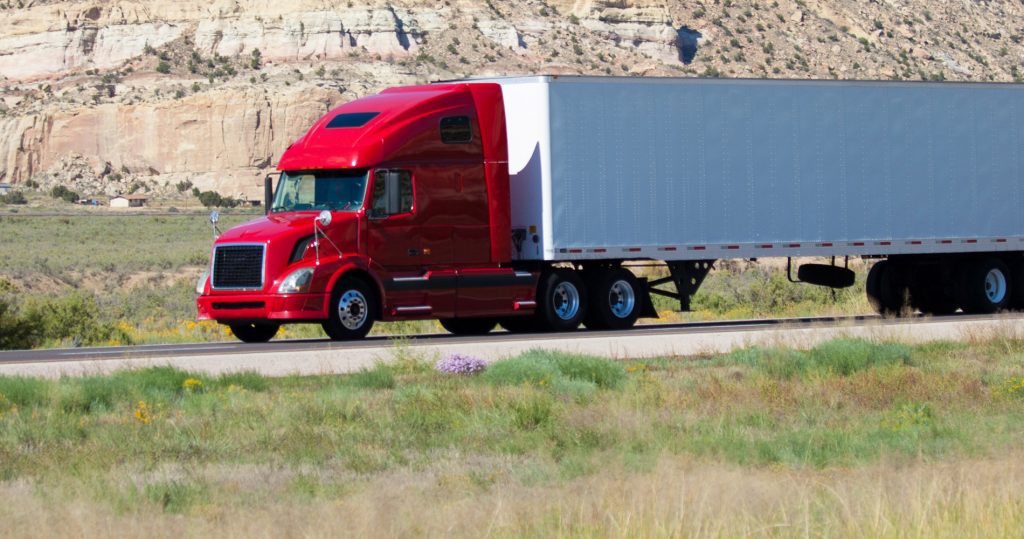August 31, 2018
Standard Shipping Container Dimensions

Shipping container dimensions have been standardized, so they do not vary from one market to another, or from country to country. This is because they are made to international organization for standardization, making cross-border trade much more accessible. Containers can also be interchanged by shipping, rail and truck companies easily without having to make any adjustments whatsoever. The following are standard shipping container dimensions.
External Containers Dimensions
The standard lengths of shipping containers are 10 feet, 20 feet, 30 feet, and 40 feet. These containers have a standard outer width of 8 feet. The height for standard containers is 8’6″ while High Cube containers have a height of 9’6″.
Internal Containers Dimensions
Since containers are made from thick metal, the internal measurements are normally a little bit smaller than external measurements. The internal dimensions for the 10, 20, 30 and 40 feet containers are reduced to 9’2″, 19’3″, 29’4″ and 39’4″ respectively. The internal widths are also reduced to 7’7″. The internal height for standard containers is also reduced to 7’9″, while that of High Cube containers is reduced to 8’9″.
Carrying Capacity
Standard containers can move 560, 1160,1760 and 2360 cubic feet of goods respectively in the 10, 20, 30 and 40-foot containers.
Companies that manufacture shipping containers have to adhere to these standards regardless of the type of materials they are using. Containers are designed to offer maximum carrying capacity while ensuring maximum stability of the road, bearing in mind the fact that traffic and trucking rules differ from country to another. Standard dimensions also make it easier for shipping companies to stack up against the containers in their ships and shipping yards. After making a container, manufacturers are required to give each unit a unique identification number.
Types of Shipping Containers
The following is a list of standard shipping containers commonly used in the trucking industry.
– Flat rack
– Half height
– Open side
– Open end
– Standard
– Modular
– Liquid build (tank), and
– Refrigerated containers
More About Shipping Containers
Container shipping services are vital in the global trade. They must be used whenever individuals or corporations need to import items into the country. Using standardized containers makes loading, transportation, unloading, and storage very easy. When you want to transport something, it is essential that you consult a shipping company to come up with the best shipping solution.
Shipping is one of the oldest methods used to transport goods from one location to another. For centuries, port cities have been some of the most vibrant cities in the world. This is because they are centers of trade and because they are gateways to other cities, countries, and markets. The shipping industry, however, has grown by leaps and bounds throughout the last century and a half. New forms of power such as steam, coal, electricity, and petroleum have made the ships themselves more efficient than ever. Trains, trucks, and airplanes have made it far easier to disperse goods once they have arrived at a port. Shipping containers have changed with the industry, adapting to new demands. Shipping container dimensions have been forced to adjust as well.
The dimensions of a shipping container depend on many factors. It must be built to fit its contents, and it must be made to adapt its mode of transportation. While the term “shipping container” once implied transportation by boat, it has come to refer to any container being transported over a long distance. The smallest shipping containers are simply padded envelopes, not much bigger than a sheet of paper. These are used by individuals who want to send small packages through the mail. In general, shipping containers bought for personal use tend to be on the small side. Envelopes and boxes can be shipped cross country and delivered to private addresses in a matter of days.
Shipping container dimensions have become more standardized when used for more substantial, professional shipments. The economies of the world have become increasingly intertwined, and the transportation industry is, in many ways, the backbone of the global economy. It takes a complex network of ships, trucks, and airplanes to send merchandise around the world. Most industrial shipping containers must stack easily inside a boat and must also fit on a train car or a truck bed.
Standard shipping containers come in either a twenty foot or a forty foot length. The inside range of the twenty-foot shipping model is 19’4″, the interior width is 7’8″, and the inside height is 7’10” for a total capacity of 1172 cubic feet and a maximum cargo weight of 47,900 lbs. The inside width of the forty foot model is 39’5″, the inside width is 7’8″, and the inside height is 7’10” for a total capacity of 2390 cubic feet and a maximum cargo weight of 59,040 lbs.
Open top shipping containers also come in twenty and forty foot lengths, but their tops can be easily removed, and their dimensions are slightly different. The twenty food model has an inside diameter of 19’4″, an interior width of 7’7″ and an inside height of 7’8″ for a total capacity of 1136 cubic feet and a maximum cargo weight of 47,620 lbs. The forty food model has an interior length of 39’5″, an inside width of 7’8″ and an inside height of 7’8″, for a total capacity of 2350 cubic feet and a maximum cargo weight of 58,710 lbs. No matter what is being shipped, it should fit within the confines of these shipping container dimensions.